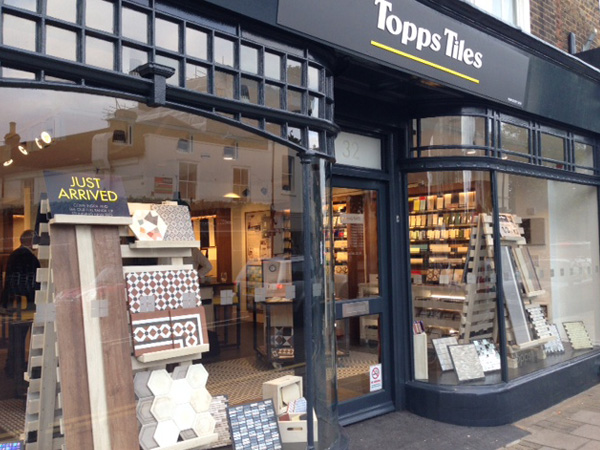Topps Tiles boosted by Brits craving home improvement after lockdown

Topps Tiles reported a surge in sales in the first three months since stores have been allowed to reopen, after lockdown restrictions at the beginning of the year heavily impacted the group’s performance.
On a two year basis compared with 2019 before the pandemic, retail like-for-like sales increased by 12.9 per cent over the third quarter as a whole, the retailer said in a trading update this morning.
Sales surged by 18.5 per cent in the first eleven weeks after stores reopened to customers on April 12, boosted by consumers who are keen to improve their homes after months surrounded by the same four walls. Topps Tiles said it expects this demand to remain high in the coming months.
The retailer said that while percentage gross margins in the period were slightly lower than previous guidance, its gross profits were strong.
It comes after the company in May reported a half year of contrast, with retail like-for-like sales up nearly 20 per cent in the first three months of the period, then down 17 per cent in the following three months, when the UK was put into lockdown and its stores shut for months.
Topps Tiles remains debt free, and announced in the update that it had now repaid all support received in the first half of this financial year from the Coronavirus Job Retention Scheme.
It also said that at the end of the third quarter, its cash balance had increased to £26.9m.
Chief executive officer Rob Parker said he was “encouraged” by the results from after lockdown was lifted.
“Building on the initial recovery we reported at the time of our interim results, our retail sales strengthened further over the balance of the period,” he said.
“We remain positive on the trading outlook for the remainder of the financial year, and are well positioned to take advantage of increased consumer confidence and spending.”
The company has a “1 in 5 by 2025” goal of accounting for £1 in every £5 spent on tiles and associated products in the UK by 2025, thereby increasing its market share to 20 per cent from approximately 17 per cent at present.